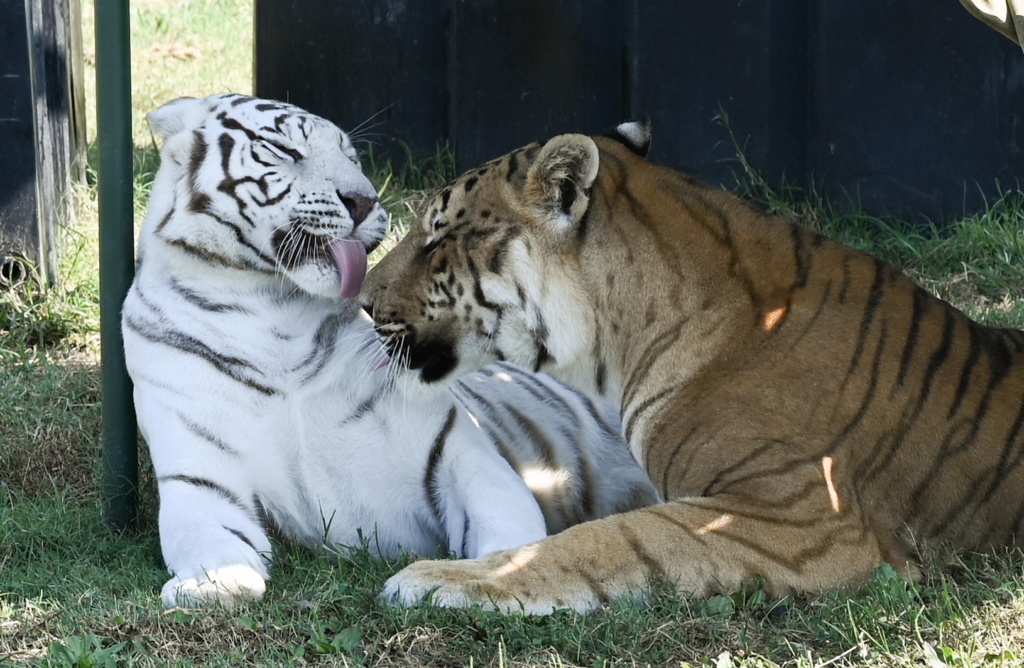
Accredited animal facilities active in wildlife conservation will participate in a highly regulated breeding program called the Species Survival Plan (SSP). This initiative focuses on ensuring the survival of endangered or threatened species by breeding them in captivity. The program is highly monitored to ensure that the captive gene pools are diversified and, therefore, ideal if humans need to step in to repopulate a species before extinction.
Examples of endangered animals that have been successfully repopulated in the wild from the SSP program include the wild Przewalski’s horse of Asia, the black-footed ferret, the California condor, freshwater mussels (Ohio), golden lion tamarins, the Oregon spotted frog, Karner blue butterflies, the Palila bird, and the Wyoming toad.
There are several goals within the SSP program. First, these animals are carefully managed in captivity to maintain genetic diversity and prevent inbreeding. This involves tracking individual animals’ ancestry and genetic makeup and using this information to make data-oriented breeding decisions. Part of this also includes monitoring reproductive health and genetic compatibility. For example, if a line of individuals started to show issues with reproduction and viable offspring, continuing to breed these individuals would risk future generations’ success.
Another goal of the SSP program is to collect research on endangered species’ biology, behavior, genetics, and conservation needs. We can collect data in captivity in a controlled environment to better understand how different variables impact wild populations. The SSP program facilitates collaboration among zoos, aquariums, conservation organizations, and government agencies to pool resources and expertise for species conservation efforts. By working together, SSP participants can maximize their impact and coordinate conservation strategies on a broader scale.
Overall, the SSP program is important in conserving endangered species by managing captive populations, supporting research and education, and collaborating with stakeholders to safeguard biodiversity and prevent species extinction. This is very different from the organizations in which we rescue animals. Breeding facilities do not have rigorous genetic records, monitor for reproductive issues, or prevent inbreeding. Their goal is to make money. SSP aims to create a captive population of endangered species to contribute knowledge and individuals back into wild populations.
